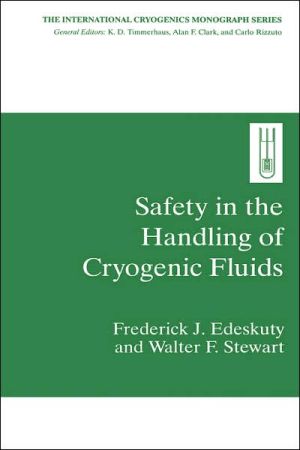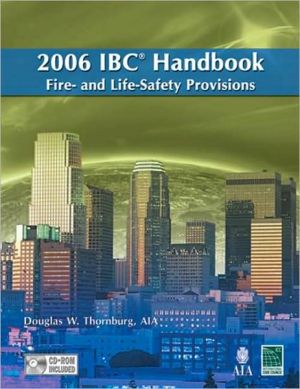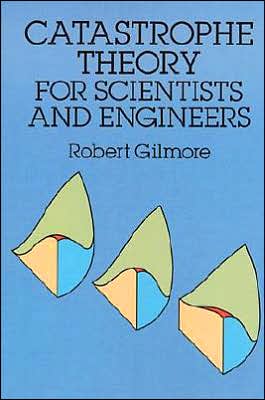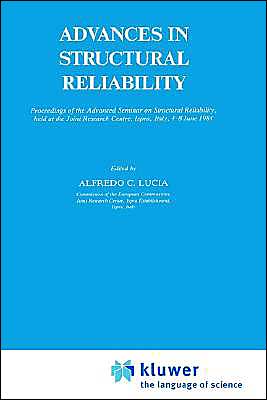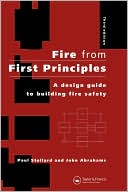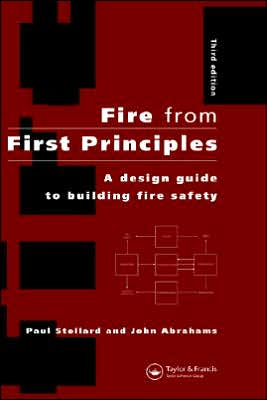Safety In The Handling Of Cryogenic Fluids
This is the first volume in 25 years to address the important safety problems concerning the handling of cryogenic fluids. Authors Frederick J. Edeskuty and Walter F. Stewart propose solutions to these problems and discuss the vital concerns that have arisen since the early 1970s particularly large scale handling. The authors provide tables and descriptions of existing codes and standards, describe the thermal behavior of cryogenic fluids, and discuss cool-down problems of large scale...
Search in google:
This is the first volume in 25 years to address the important safety problems concerning the handling of cryogenic fluids. Authors Frederick J. Edeskuty and Walter F. Stewart propose solutions to these problems and discuss the vital concerns that have arisen since the early 1970s particularly large scale handling. The authors provide tables and descriptions of existing codes and standards, describe the thermal behavior of cryogenic fluids, and discuss cool-down problems of large scale cyrogenic systems. Booknews Supplements earlier studies and the ongoing technical literature on safety hazards and measures when using liquified gases such as oxygen, nitrogen, and hydrogen. Presents recent information on the characteristics and behavior not only of the liquids themselves, but also of materials they contact, which are often different than expected at such low temperatures. Physiological hazards, embrittlement of materials, buildup of pressure, condensation, and combustion are among the dangers identified. Chapters also cover standards and regulations, unsolved problems, and procedures to prevent accidents. Annotation c. Book News, Inc., Portland, OR (booknews.com)
Ch. 1Introduction1Ch. 2Physiological Hazards9Ch. 3Embrittlement of Materials19Ch. 4Stresses Caused by Thermal Contraction33Ch. 5Buildup of Pressure in Closed Systems53Ch. 6Condensation73Ch. 7Combustion Hazards79Ch. 8Combustion Properties101Ch. 9Oxygen Hazards117Ch. 10Slush Hydrogen133Ch. 11Guidelines, Standards, and Regulations159Ch. 12Safety Problems Needing Further Investigation181Ch. 13Accidents: Prevention and Examples197Appendix A: Some Pertinent Details of the Code of Federal Regulations213Appendix B: List of Symbols225Appendix C: List of Acronyms229Index231
\ BooknewsSupplements earlier studies and the ongoing technical literature on safety hazards and measures when using liquified gases such as oxygen, nitrogen, and hydrogen. Presents recent information on the characteristics and behavior not only of the liquids themselves, but also of materials they contact, which are often different than expected at such low temperatures. Physiological hazards, embrittlement of materials, buildup of pressure, condensation, and combustion are among the dangers identified. Chapters also cover standards and regulations, unsolved problems, and procedures to prevent accidents. Annotation c. Book News, Inc., Portland, OR (booknews.com)\ \
